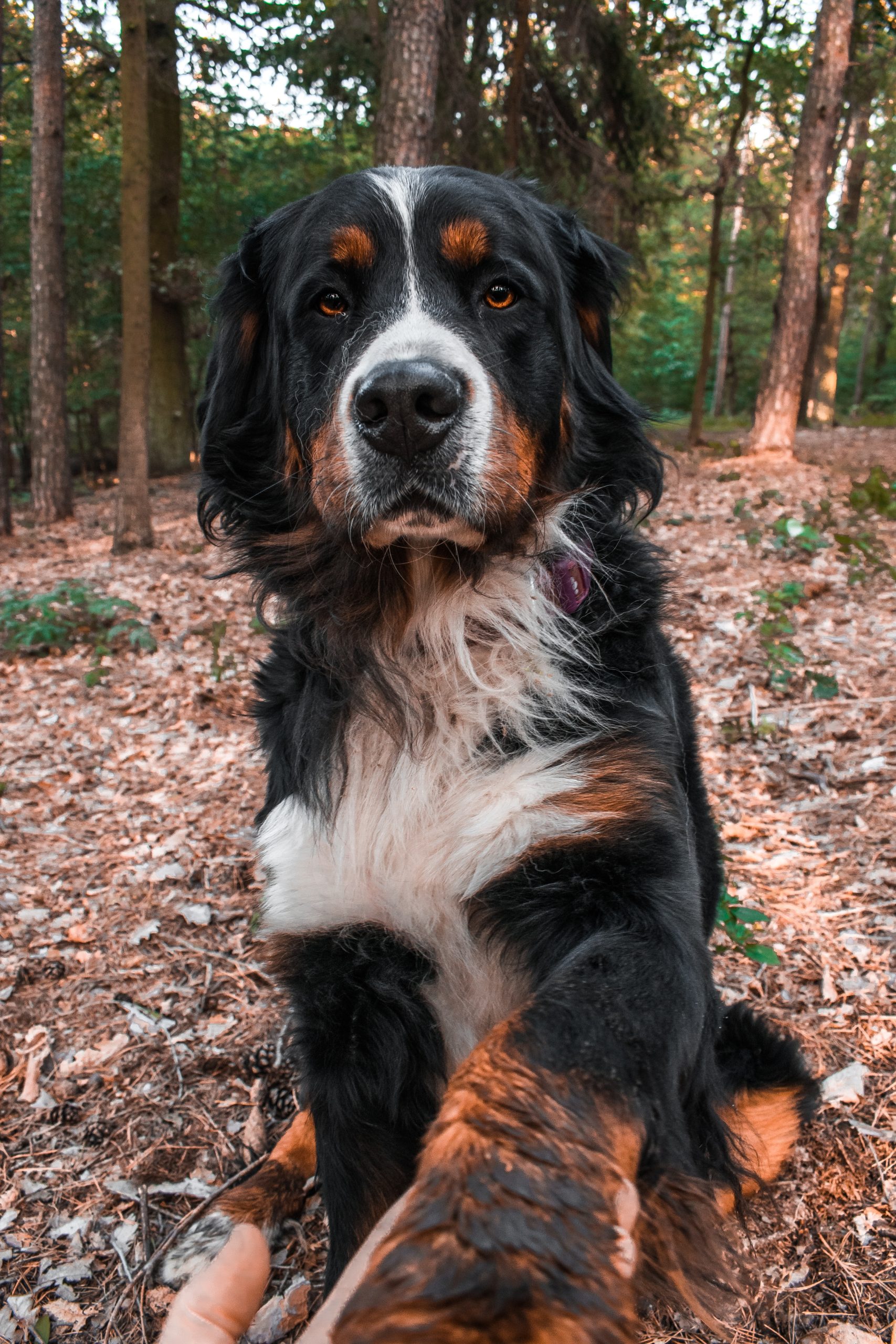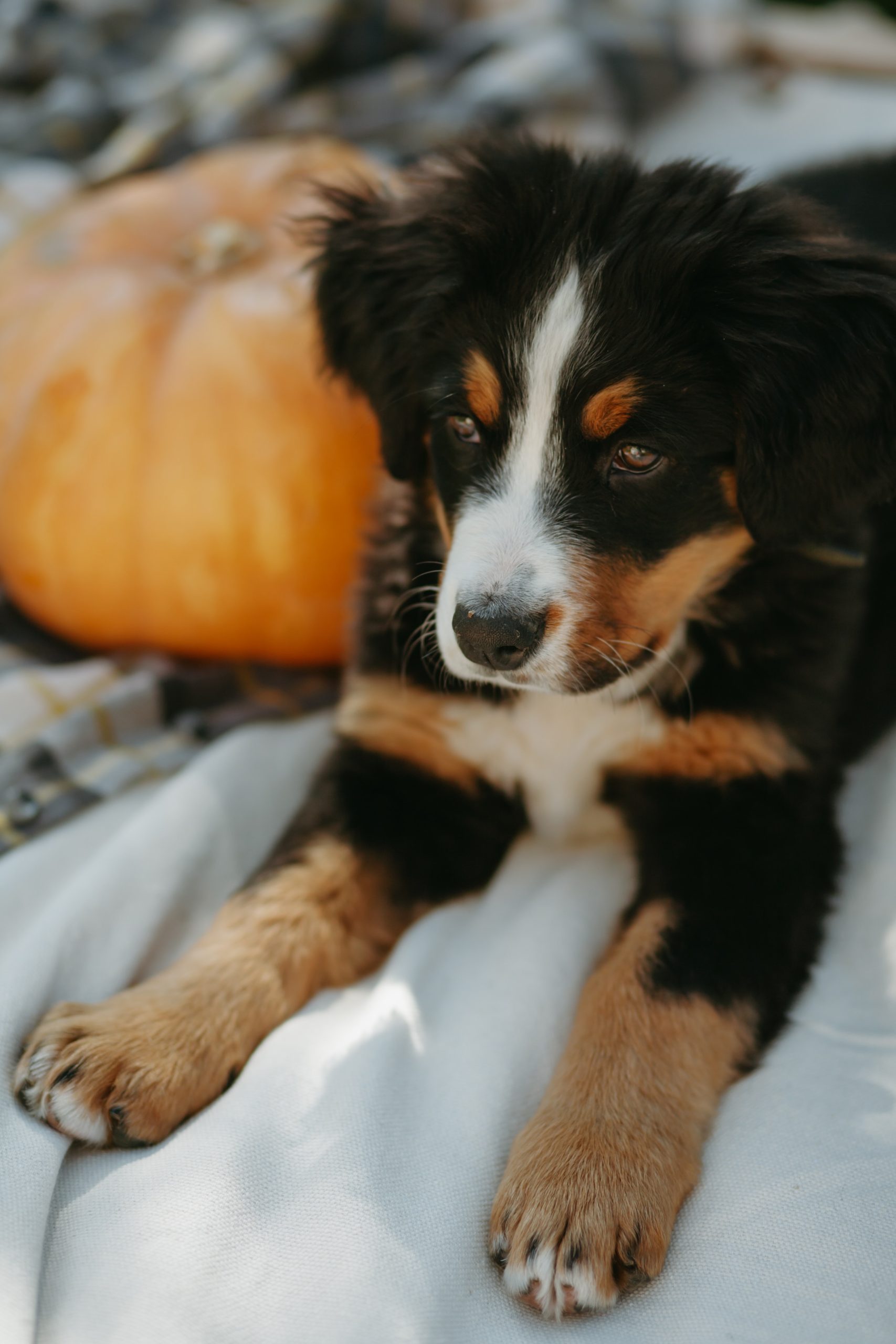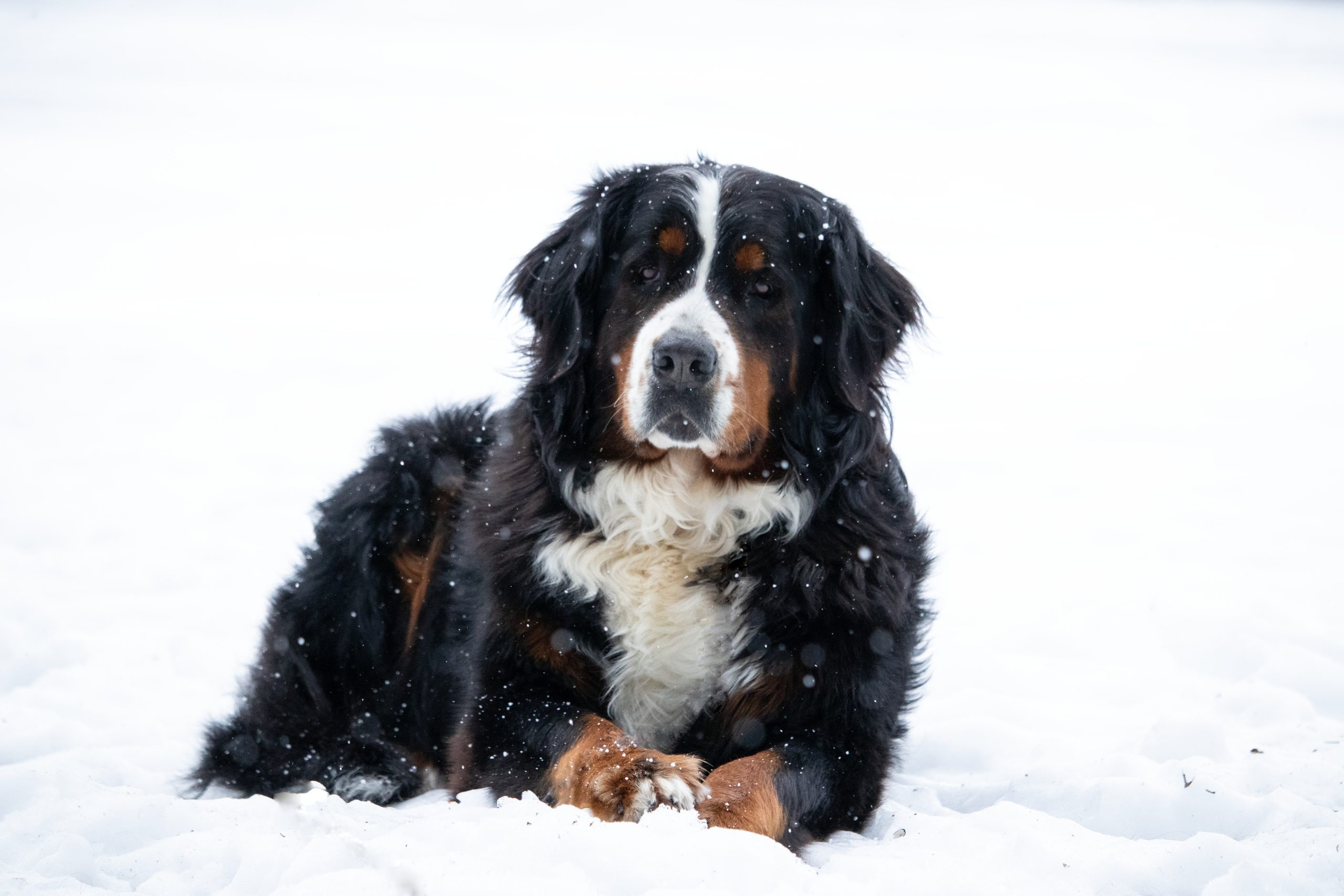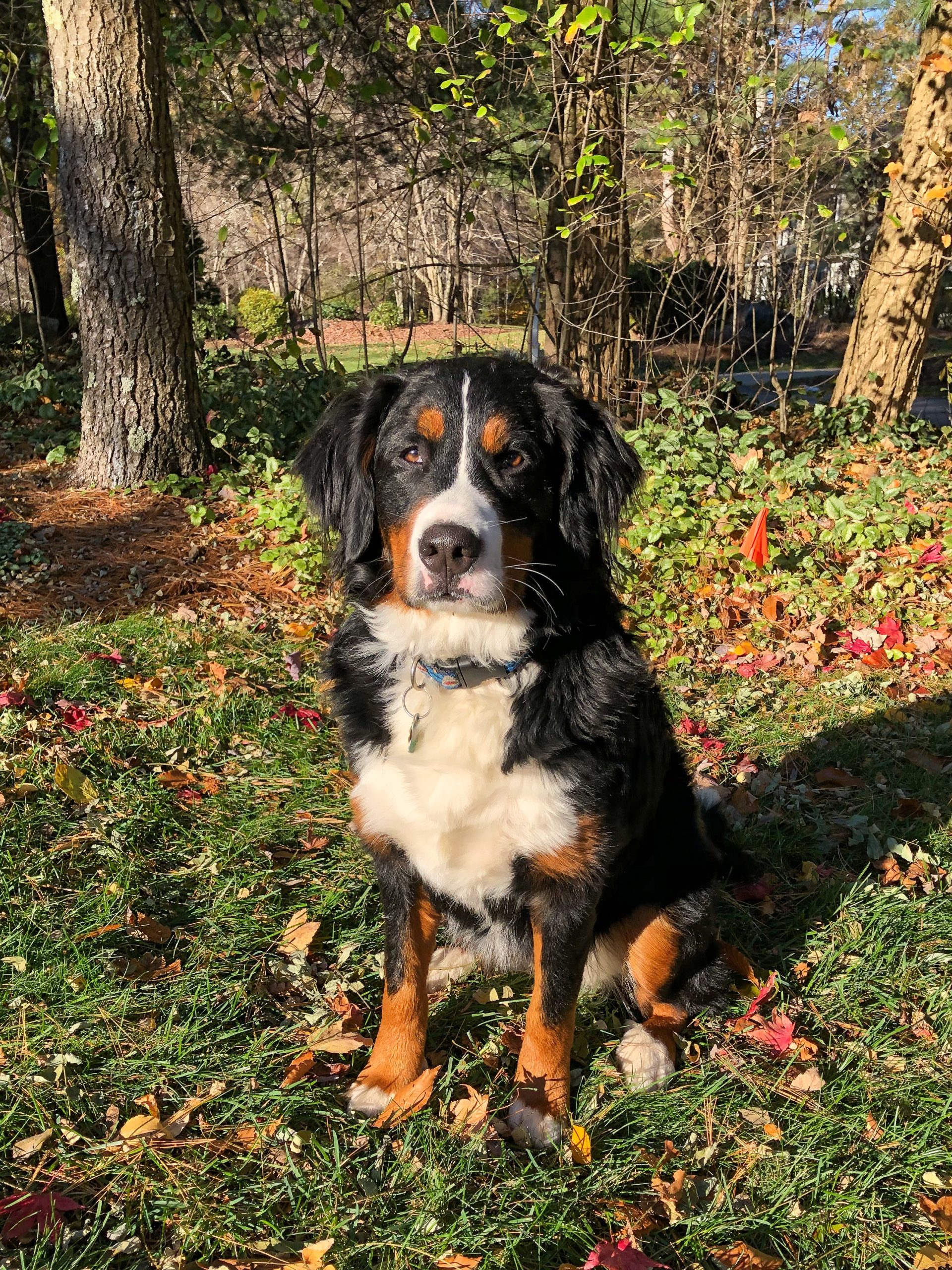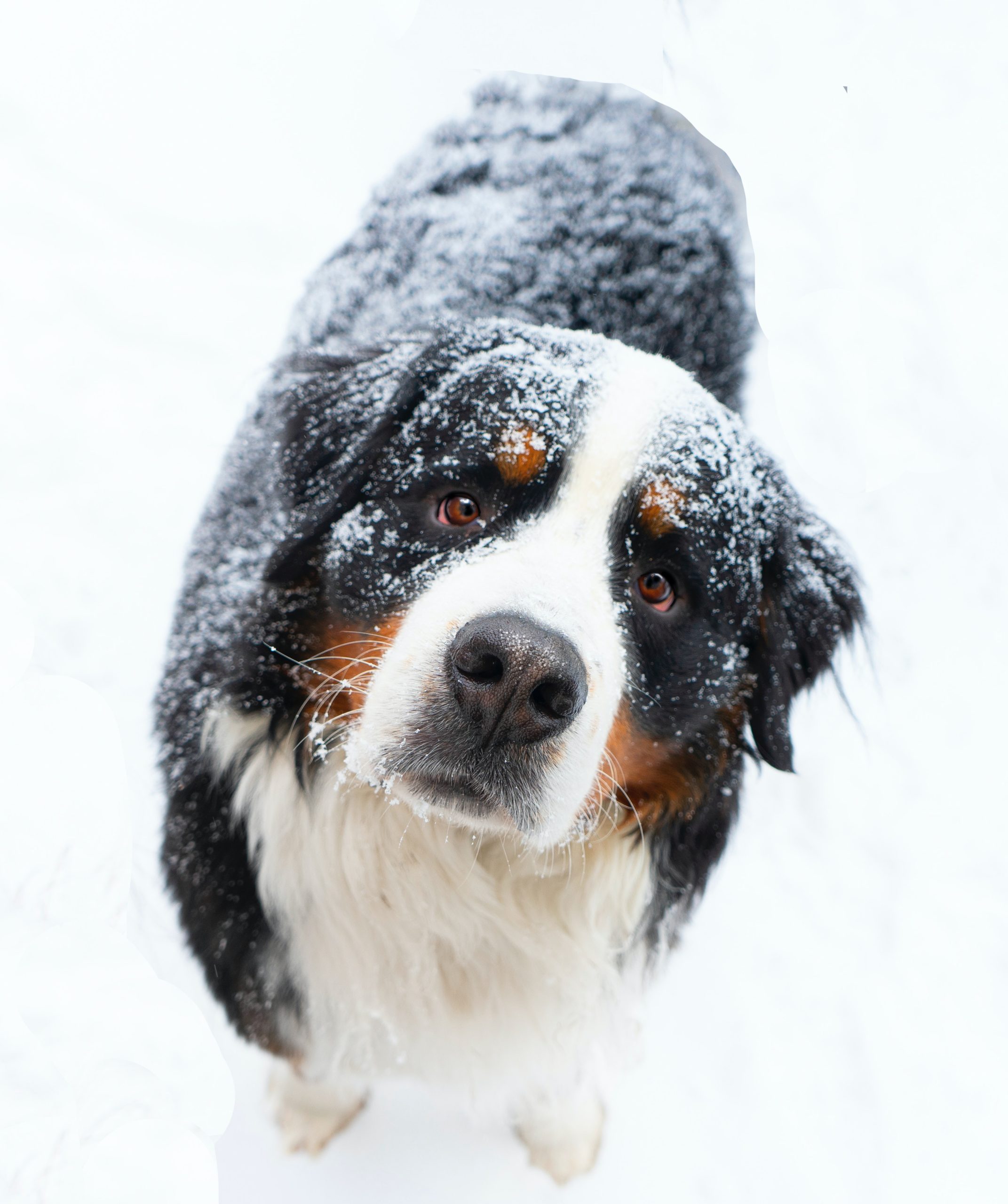The Bernese Mountain Dog is big, robust, and meant for labor, yet it’s also stunningly gorgeous and has a lovely, affectionate personality. Berners are normally calm, but they are always up for a good time with their owner, whom they live to please. The Bernese Mountain Dog is a huge, robust worker with a shoulder height of more than 27 inches. The coat is thick, silky, and relatively long, with three colors: jet black, crystal white, and rust. The striking patterns on the coat and face are breed characteristics that, when paired with the intelligent shine in the dark eyes, contribute to the Berner’s stately grandeur. The Berner, a robust dog that thrives in cold weather, used his intellect and strength to multitask on Swiss farms and meadows. Berners get along with everyone in the family and are especially kind with children, although they are often more connected to one lucky human. Berners are towering but not intimidating, and they preserve an air of aloof dignity among outsiders.
Bernese Mountain Dog
Average sizes and life
expectancy of the breed.
Height
25-27.5 inches (male)
23-26 inches (female)
Weight
80-115 pounds (male)
70-95 pounds (female)
Life Expectancy
7-10 years
Breed Traits & Characteristics
About the Breed
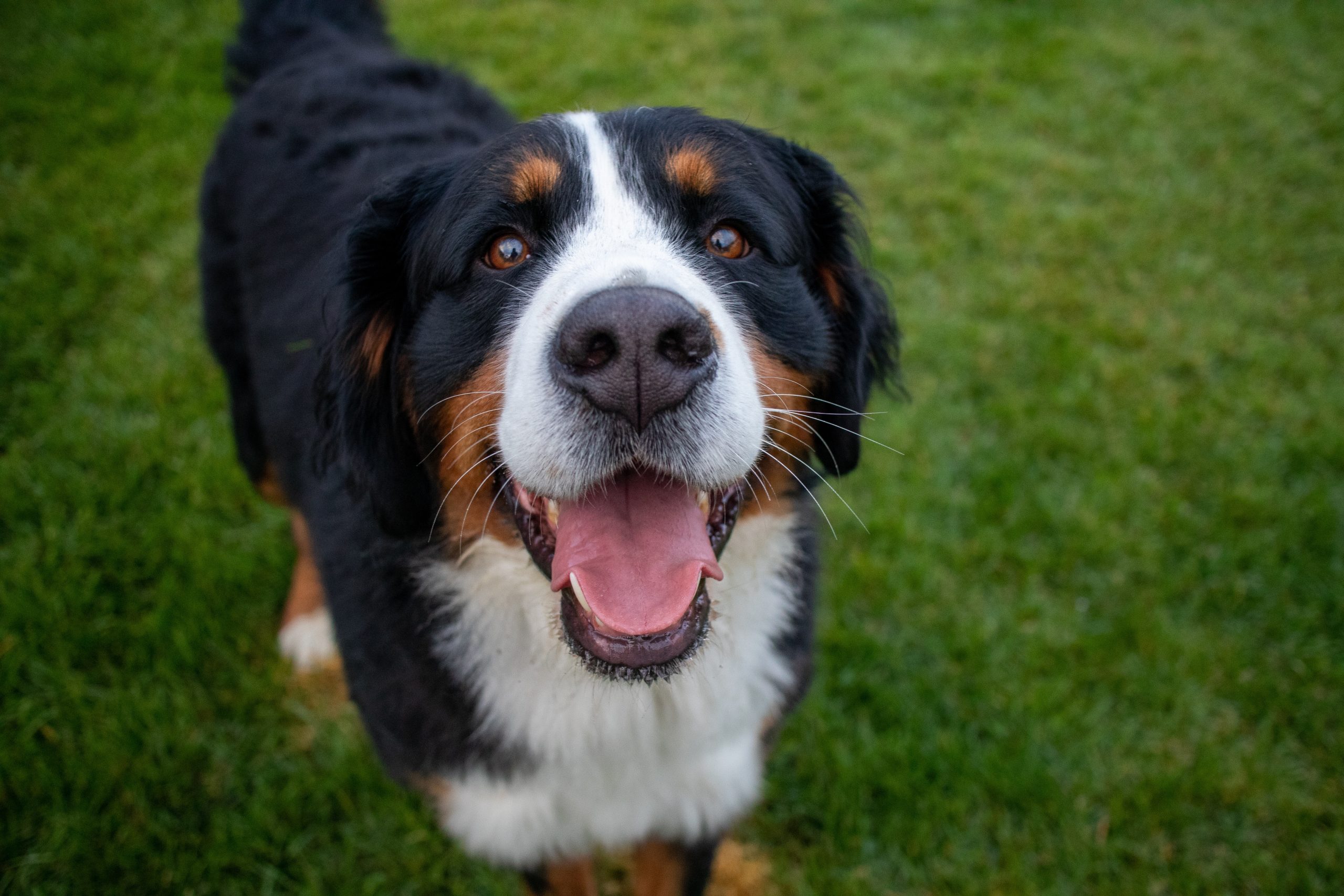
Owning a dog is not just a privilege; it’s a responsibility. They depend on us for, at minimum, food and shelter, and deserve much more. When you take a dog into your life, you need to understand the commitment that dog ownership entails.
 Health
Health
Berners are generally healthy dogs, and responsible breeders will screen their breeding stock for health conditions such as hip and elbow dysplasia, blood disorders, some cancers, and progressive retinal atrophy. All large breeds are susceptible to bloat, a sudden, life-threatening stomach condition. Berner owners should learn what signs to look out for, and what to do should they occur. As with all breeds, a Berner's ears should be checked regularly for signs of infection, and the teeth should be brushed often, using a toothpaste designed for dogs.
Recommended Health Tests From the National Breed Club:
- Hip Evaluation
- Elbow Evaluation
- Von Willebrand's Disease DNA Test
- Degenerative Myelopathy DNA Test
- AKC DNA Profile
- Cardiac Exam
- Ophthalmologist Evaluation
 Grooming
Grooming
 Exercise
Exercise
 Training
Training
 Nutrition
Nutrition
History
The Bernese Mountain Dog is one of four mountain dog breeds that have long been associated with the canton of Bern, a huge agricultural region critical to the dairy production required for two of Switzerland’s most successful exports: chocolate and cheese. Bern’s website states that “over 12,000 farms are spread across the canton’s valleys, hills, and mountain areas.”
Berners earned their keep by droving cattle, guarding farmyards against predators, and acting as gentle companions after the day’s labor was done. Their capacity to pull several times their own weight as drafting dogs, with their broad and strong hindquarters generating incredible strength, is perhaps their most notable claim to working-dog fame.
Despite the Berner’s enormous utility in the days before mechanized farming and ranching, the breed’s numbers were dwindling by the late 1800s, and the quality of the surviving canines was lacking. Swiss fanciers began a laborious attempt to reverse the breed’s decline.
The breed’s history in the United States began in 1926 when a Kansas farmer imported a pair of all-purpose farm dogs. They immediately caught on, and the AKC registered its first Berner in 1937. The Bernese Mountain Dog Club of America now hosts drafting and carting contests to put these gorgeous mountaineers to the test.

